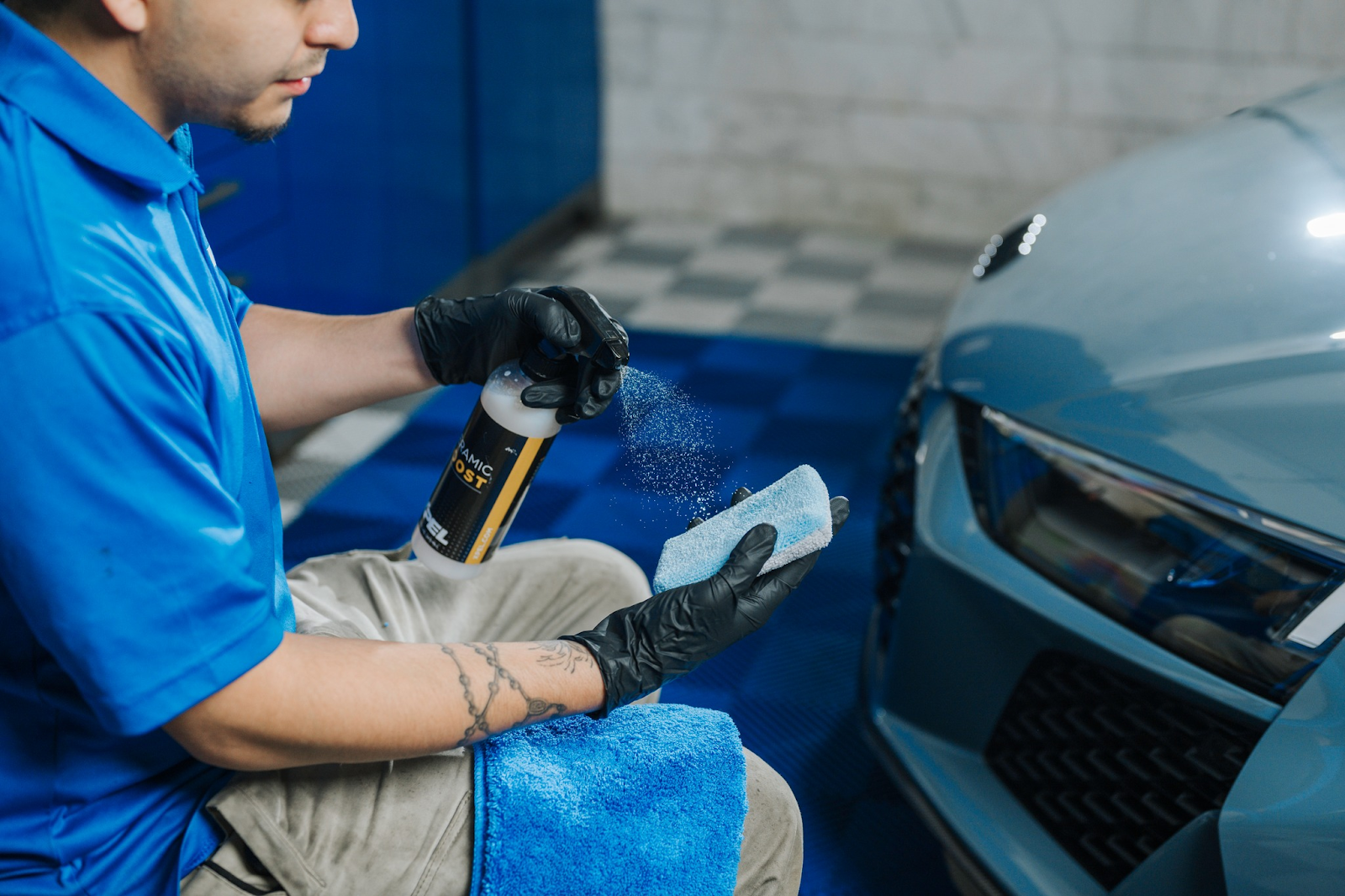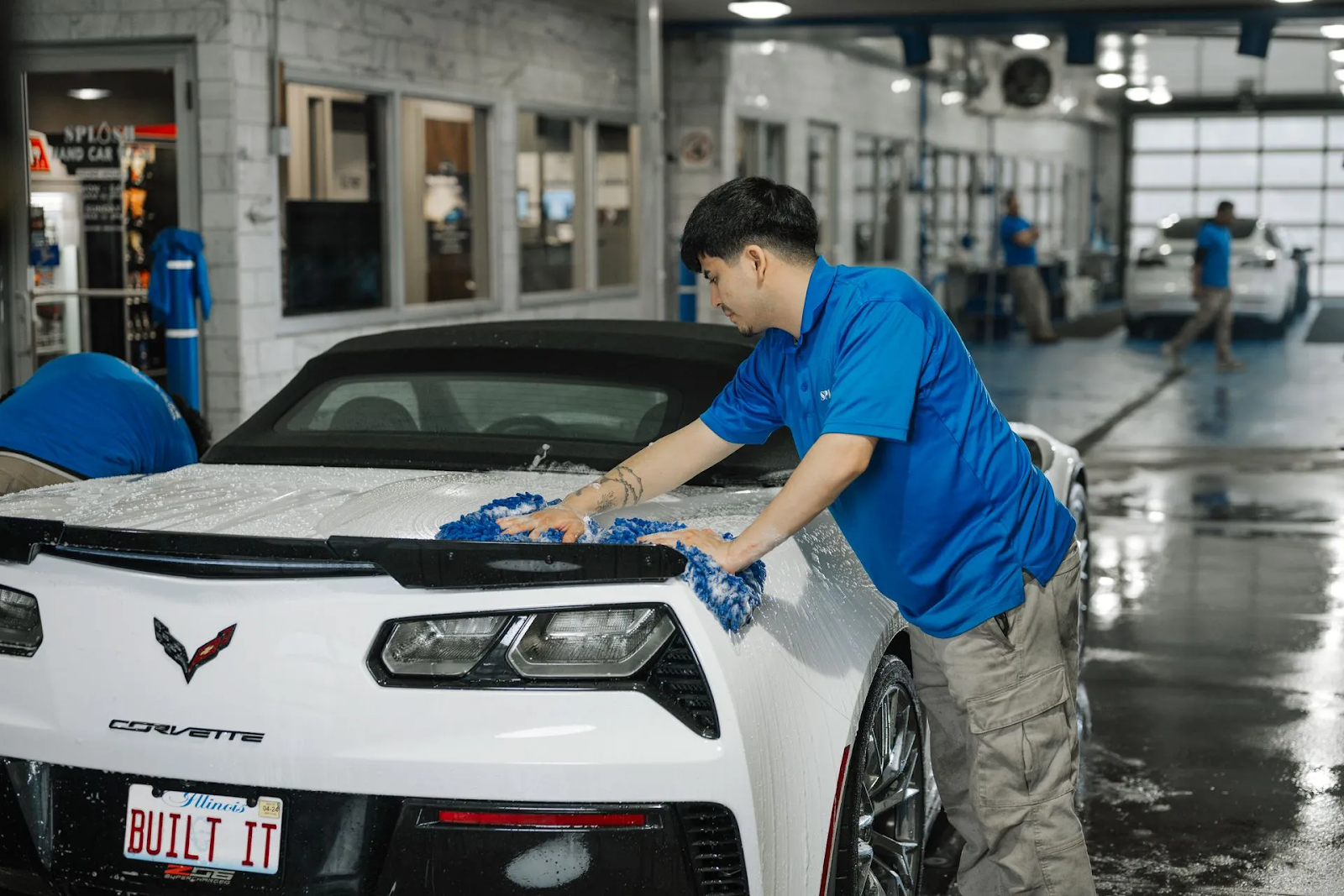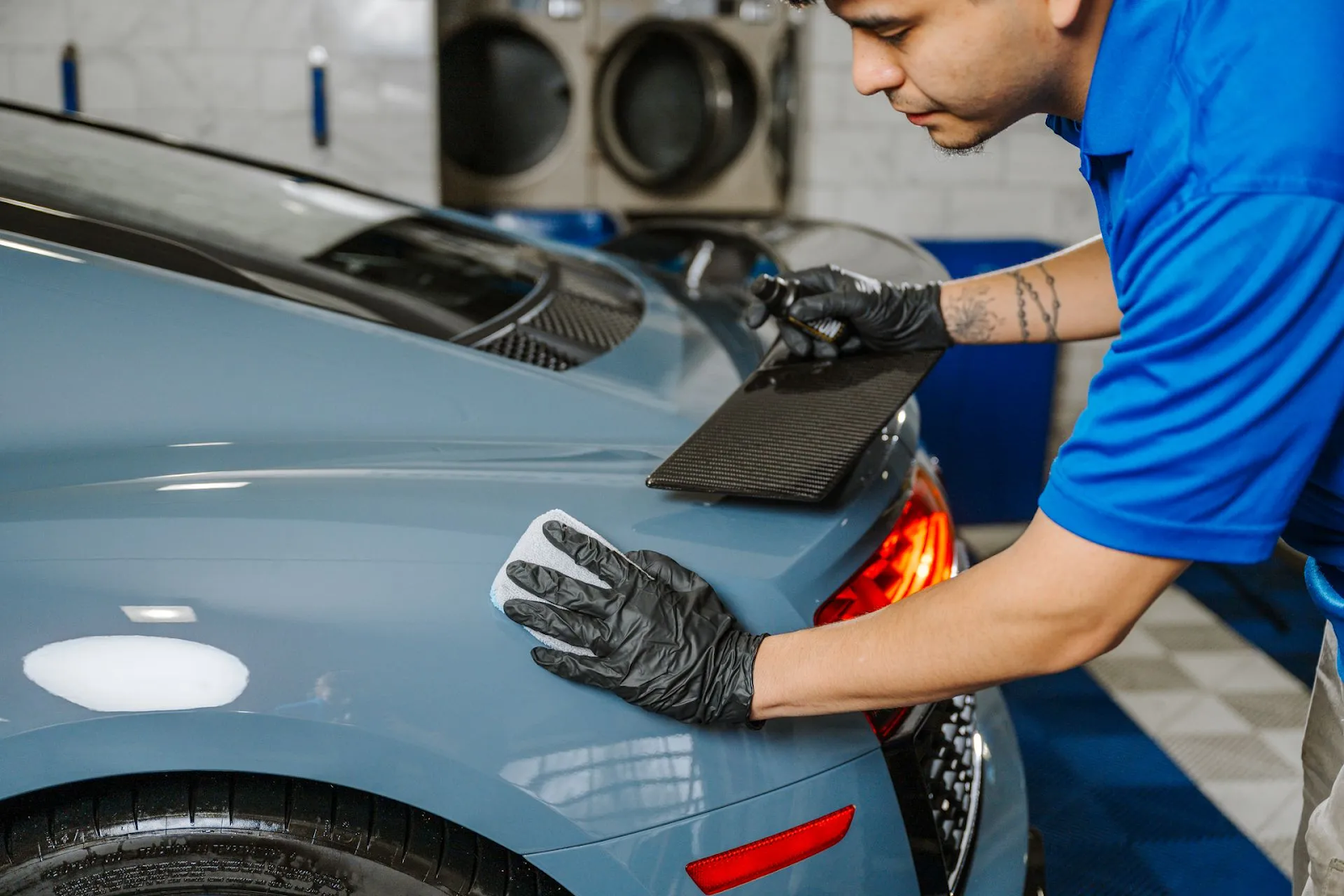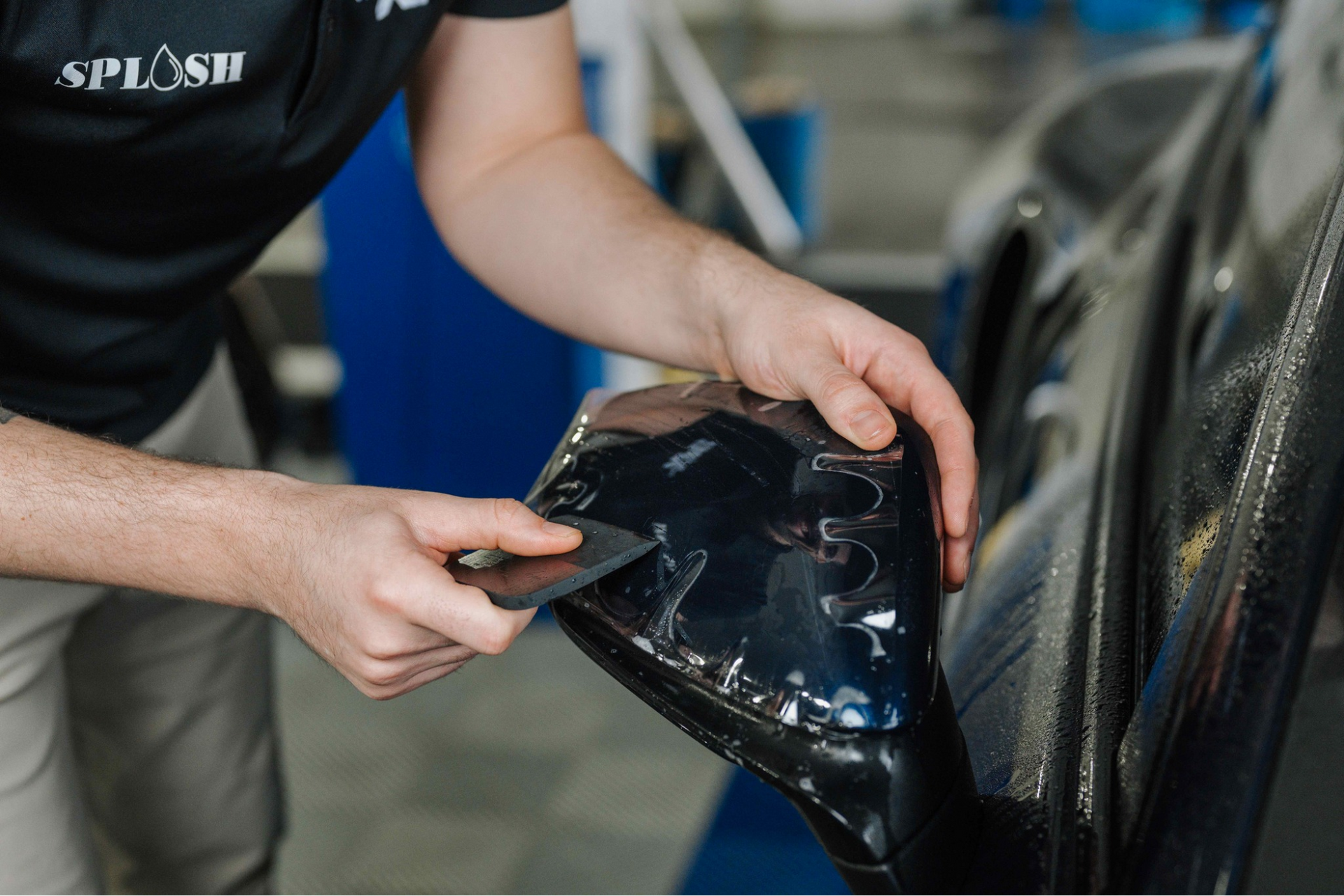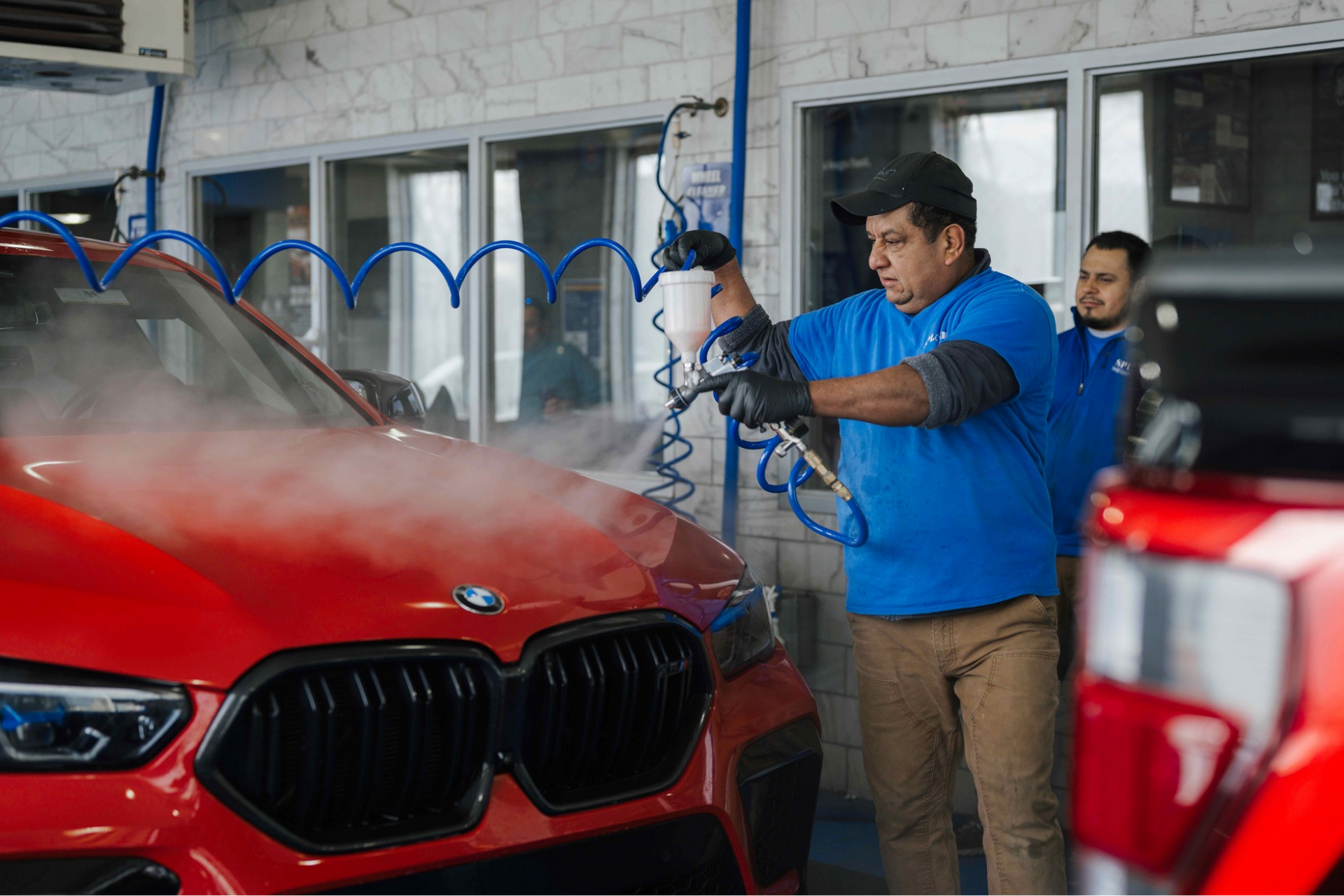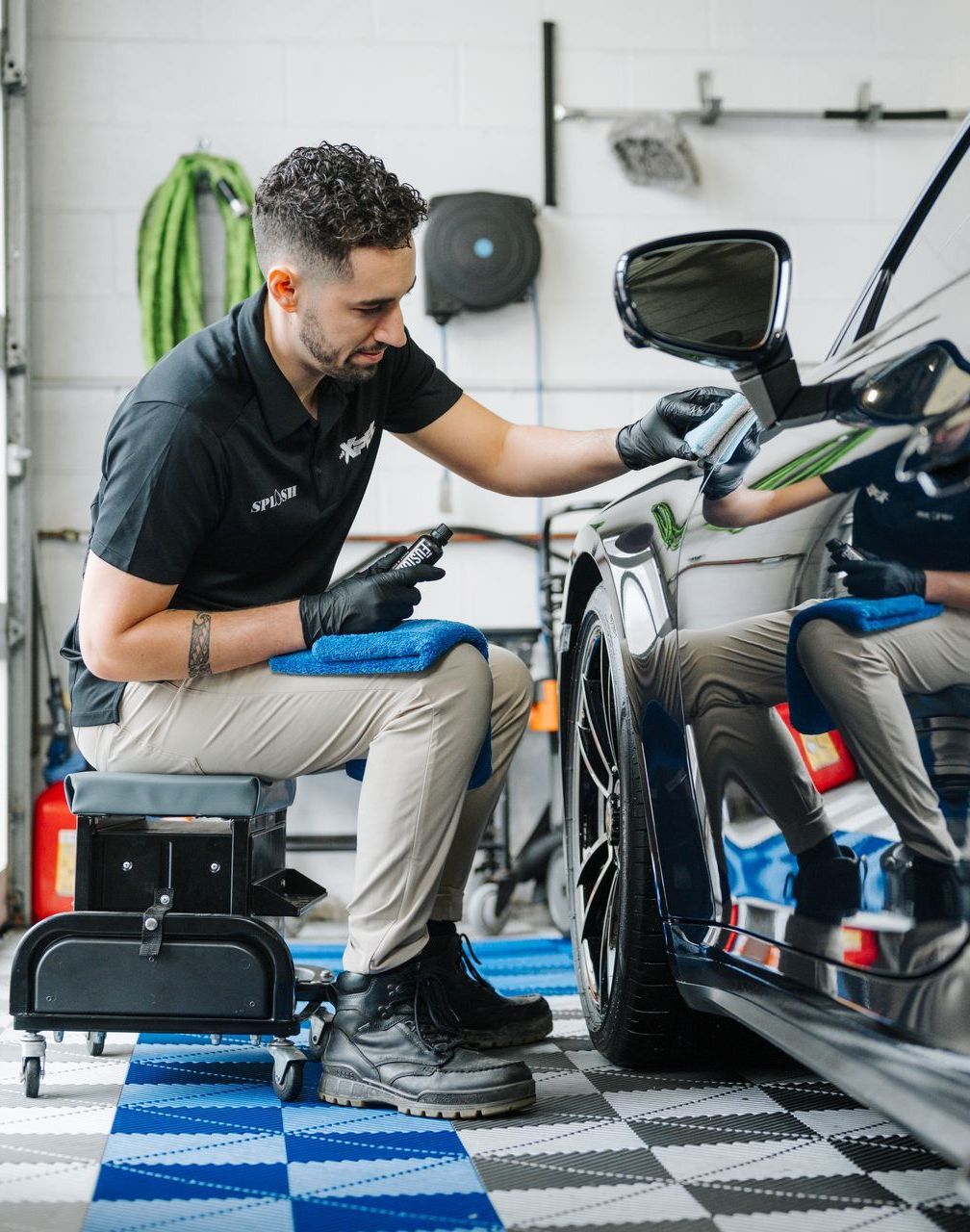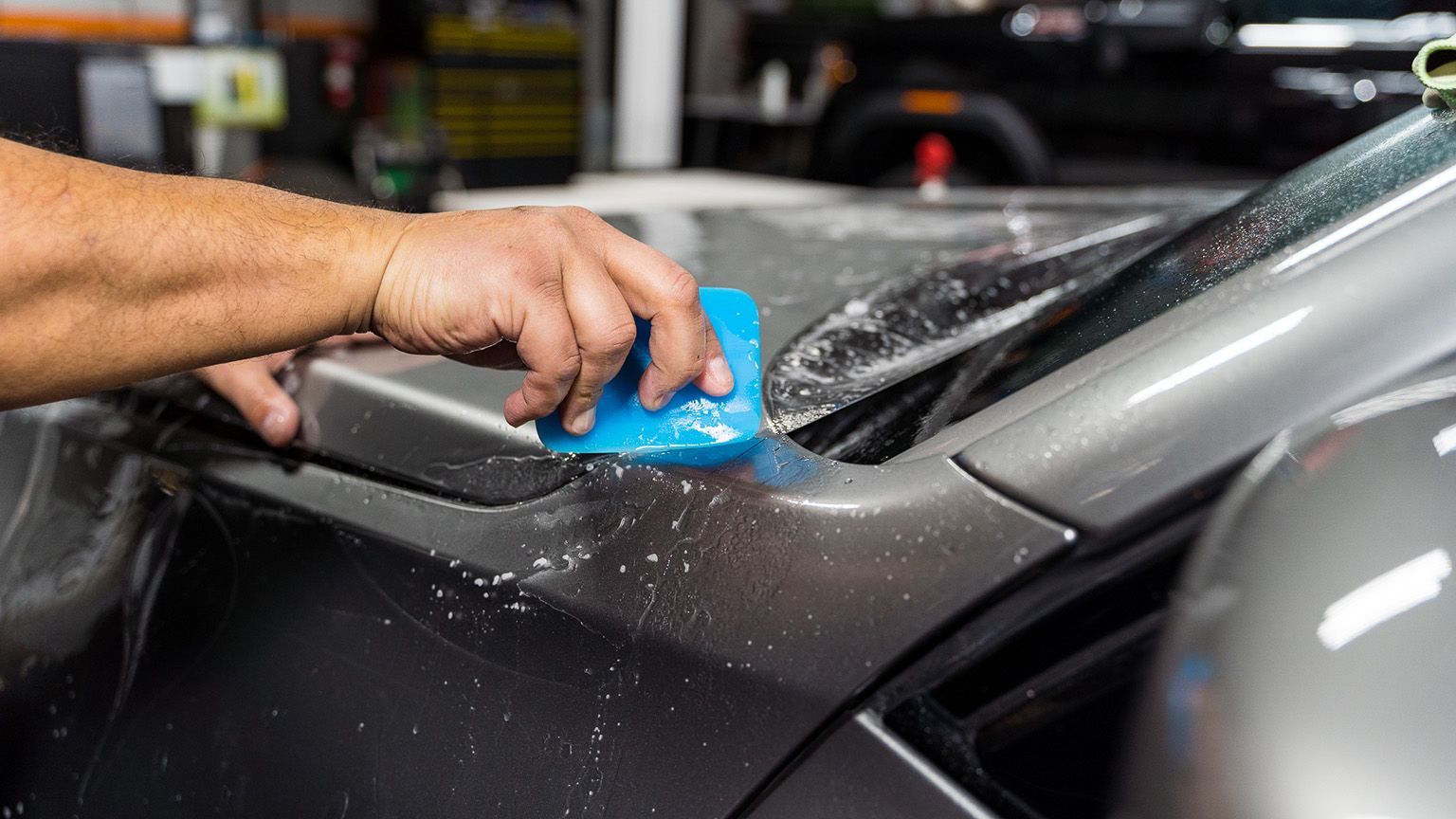One of the biggest concerns car owners have about PPF color change is whether this protective film will alter their vehicle's appearance. It's a valid worry—you've invested in a beautiful car, and the last thing you want is film making it look different.
Here's the answer: quality paint protection film, when properly installed, should be virtually invisible. But there's more to consider, especially with different finish options and installation quality.
At Splash Hand Car Wash and Detail, we've installed PPF on hundreds of vehicles, and customers are often amazed at how the film disappears once applied. The key is understanding what affects visibility.
How PPF Affects Paint Appearance
The impact of PPF color change depends on several factors. The film quality, installer skill, and your car's original paint condition all affect the final appearance.
Transparency and Clarity
Modern PPF is designed to be optically clear, with no noticeable tint or haze. Premium films are around 6-8 mils thick but engineered to be virtually invisible when applied correctly.
Not all PPF is equal, though. Cheaper films may have slight color casts or reduced clarity, which is why choosing quality materials and professional installation is crucial.
Surface Texture Impact
Your car's original paint texture plays a huge role in how PPF looks once installed. Smooth paint provides the best base for invisible film application. The film conforms to whatever surface it's applied to, so existing imperfections become more noticeable.
Orange peel texture, swirl marks, or scratches will show through the film. Sometimes the film can actually magnify these imperfections because it creates a smooth top layer over an imperfect base.
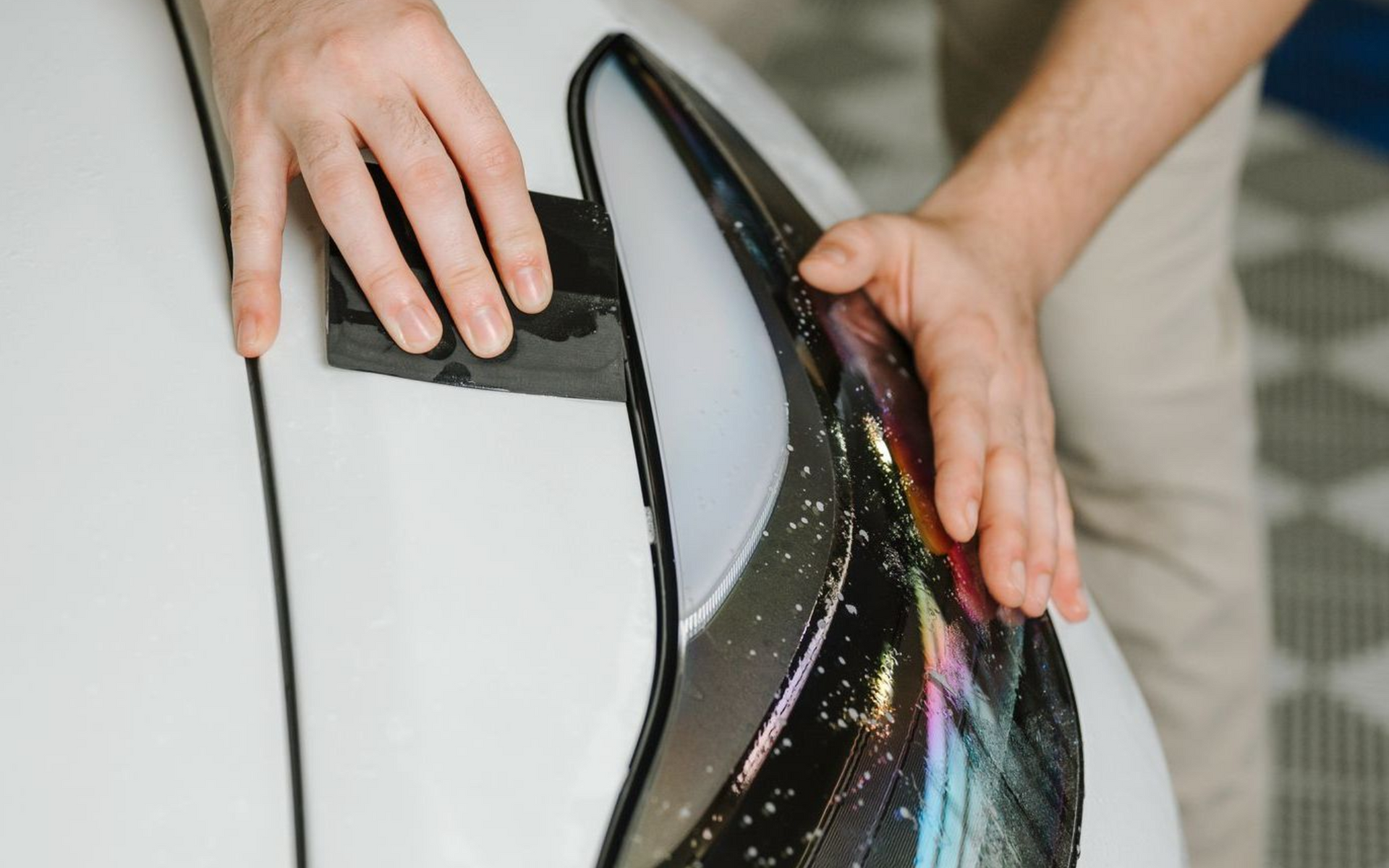
Gloss Level Changes
One area where you might notice PPF color change effects is in gloss level. Most standard PPF maintains your original paint's gloss, but there can be subtle variations.
Gloss PPF Effects
Gloss PPF typically maintains or slightly enhances the shine of your paint. The smooth film surface can make your paint look more uniform, especially if your clear coat has minor imperfections.
Some customers prefer the look of their paint after gloss PPF installation because it creates a flawless, deep finish. Colors often appear more saturated, and metallic flakes seem more vibrant.
Matte PPF Transformationsaturated
Matte PPF completely transforms your car's appearance—this is definitely an intentional PPF color change. The film turns any paint color into a sophisticated matte finish that looks like expensive factory matte paint.
This option gives you that high-end, custom look while protecting your original paint underneath. If you want to go back to gloss, you can remove the matte film and reveal the original finish.
Installation Quality Impact
The primary factor in determining whether PPF changes your car's appearance is the quality of the installation. Perfect installation makes the film nearly invisible, while poor installation creates obvious visual problems.
Professional installers create clean, invisible edges that follow your car's natural body lines. Amateur installation often results in visible film edges that catch light and draw attention.
Qualitypaint protection film installation requires understanding how to wrap edges, create seamless overlaps, and work with your car's specific curves.
Air bubbles, dust particles, or contamination under the film create obvious visual problems. Professional installation includes thorough surface preparation and application in a controlled environment.
Color-Specific Considerations
Different paint colors show PPF color change effects differently.
Light Colors
White, silver, and other light colors hide PPF installation imperfections better than dark colors. Minor installation flaws are less noticeable on lighter surfaces.
Light colors also show dirt more easily, so the self-healing and easy-cleaning benefits of PPF become more apparent.
Dark Colors
Black, dark blue, and other deep colors show every imperfection in both the original paint and film installation. This means preparation and installation quality become even more critical.
When PPF is properly installed on dark colors, the results are stunning. The film's smooth surface makes dark colors look incredibly deep and mirror-like.
Metallic and Pearl Paints
Metallic and pearl paints need film that allows light-reflecting particles to show through clearly. Quality film preserves these special paint effects, but cheaper materials might dull them.
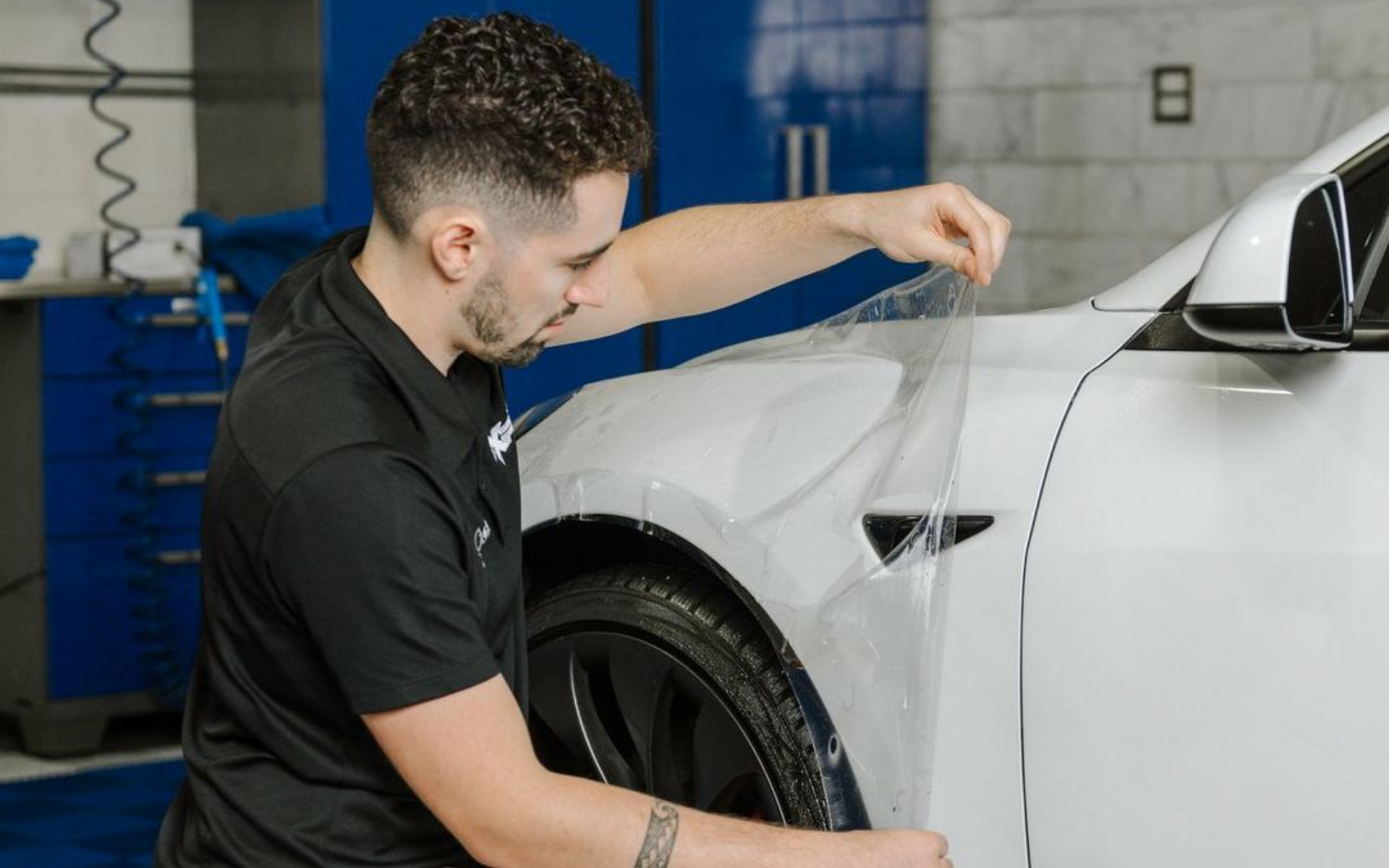
Finish Options Beyond Standard Clear
Modern PPF offers more than just invisible protection. You can use PPF color change as a design element.
Satin PPF creates a finish between gloss and matte—more sophisticated than high gloss but not as flat as true matte. Some specialty films add texture, like carbon fiber patterns, which definitely change your car's appearance intentionally.
Long-Term Appearance
Over time, even the best PPF can show some changes, though modern films are much more stable than older versions.
Quality films resist yellowing and hazing from UV exposure. However, extreme conditions or lower-quality films might show some color shift after several years.
Modern PPF includes self-healing technology that helps minor scratches disappear with heat. This actually helps maintain your car's appearance better than unprotected paint over time.
Maintenance Impact
How you maintain your PPF-protected vehicle affects its long-term appearance. The film is designed to be washed like regular paint, but using proper techniques keeps it looking invisible.
Avoiding harsh chemicals and abrasive cleaning methods helps maintain the film's clarity and prevents degradation that could affect appearance.
Book Paint Protection Film Services for Lasting Shine
PPF color change doesn't have to mean compromising your car's beautiful appearance. Quality film, properly installed, should be virtually invisible while providing years of protection. Whether you choose standard clear film or opt for a matte finish intentionally, the key is working with experienced professionals.
The investment in proper preparation and professional installation pays off with results that protect your paint while maintaining or enhancing your car's appearance. When done right, people will notice how amazing your car looks, not that you have protection film on it.
Ready to protect your car's paint without changing its stunning appearance? Contact us at Splash Hand Car Wash and Detail to discuss your paint protection film options and preserve your vehicle's beautiful finish.
Frequently Asked Questions
Will PPF make my car look different immediately after installation?
Quality PPF should be virtually invisible immediately after proper installation. You might notice slightly enhanced gloss or color saturation, but the film itself shouldn't be noticeable. If you can easily see the film edges, this indicates installation issues.
Does PPF yellow or change color over time?
Modern premium PPF is designed to resist yellowing and color changes for 7-10 years. However, lower-quality films or extreme environmental conditions can cause some discoloration over time. Choosing reputable brands and proper maintenance helps prevent these issues.
Can I remove PPF if I don't like how it looks?
Yes, PPF can be professionally removed without damaging your original paint when installed and removed correctly. The film comes off cleanly, revealing your original paint underneath. This is especially beneficial with matte PPF if you want to return to gloss.
Will PPF hide existing scratches or imperfections in my paint?
PPF won't hide existing paint imperfections—it conforms to your current paint condition and may actually make some flaws more noticeable. For best results, paint correction before PPF installation creates the smoothest, most invisible final result.
Is there a difference in appearance between expensive and cheap PPF?
Absolutely. Premium films offer better optical clarity, consistent thickness, and superior conformability that create nearly invisible results. Cheaper films may have color casts, poor clarity, or installation difficulties that make them more visible on your vehicle.

